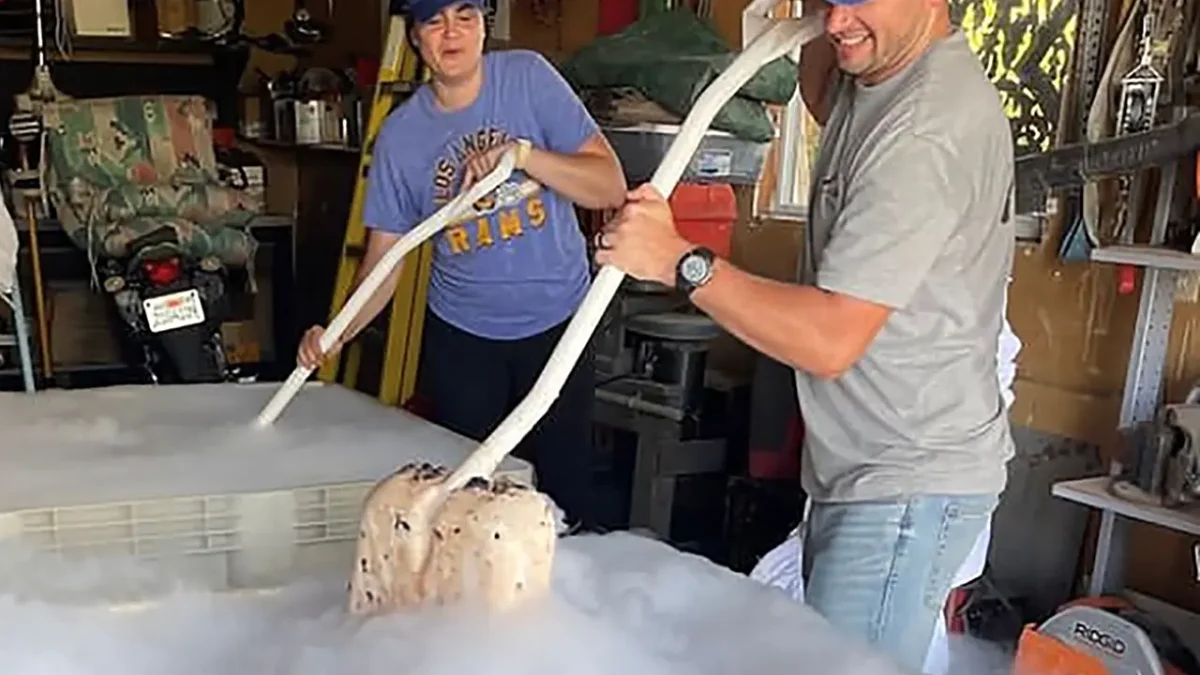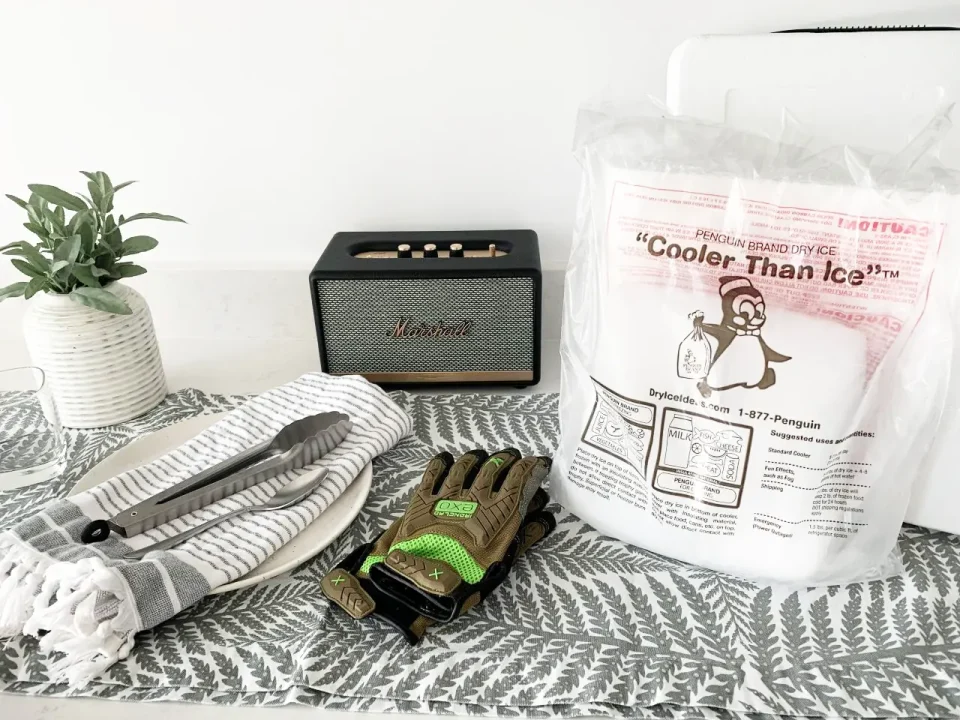If you’ve used dry ice or visited our blog before, there’s a good chance you’re pretty familiar with the most popular uses for dry ice, and for good reason. Its chemical makeup, extremely cold temperature and long-lasting nature make it an excellent tool for a plethora of recreational uses such as food and drink storage, party planning, fog effects, and science activities for kids, to name a few. But in reality, that doesn’t even scratch the surface of practical applications for dry ice!
To help you learn more about dry ice and its uses, we’ve assembled a list of some of our favorite, less-commonly known ways that dry ice makes things happen!
Dry Ice is Often Used in the Wine-Making Process
The relationship of gases in the wine-making process is a tricky one, especially with oxygen. A certain amount of oxidation is necessary to begin the fermentation of the crushed grapes, but too much oxygen can lower the quality of the wine. Lowering the temperature of the grapes will slow the oxidation process, so wine-makers will often introduce dry ice to cool down the crushed grapes! Dry ice is often used again later in the process to create a protective layer of C02 gas to stop the collected juice from further oxidizing during storage or when emptying the tank.
Credit: @bonnichecellars
Dry Ice is Used in Machine Shops
When fitting metal sleeves, bushings, bearings and rivets, machine shops use a few different methods to ensure a snug and secure fit. One of the easiest and most cost-effective ways is to shrink-fit with dry ice. Dry ice is used to super-cool a piece of metal to 100 degrees below Fahrenheit, which shrinks it and allows for the rivet or other piece to slide right on. As the piece of metal warms up to room temperature, it will expand again and form a tight fit!
Dry Ice Can Help Plants Grow Faster
Although not well known, dry ice can help accelerate the growth of plants! Place a small amount of dry ice near your plants for about 10–15 minutes a day, and as it sublimates into C02 gas, it helps drive the photosynthesis process, aiding in the plant’s growth. Just don’t use too much dry ice or expose your plants too often, as too much C02 can harm plants.

Dry Ice Has a Variety of Medical Applications
Unsurprisingly, the sheer versatility of dry ice is also seen in the medical industry. Its super cool temperatures are often used to safely freeze skin for wart removal and other skin imperfection surgeries. Medical specimens that require to be kept in cold temperatures for further testing and processing are frequently packaged with dry ice during transportation. Cancer patients undergoing chemotherapy have also found that wearing cold caps with dry ice can reduce and prevent hair loss, which is especially beneficial since no medications prevent chemotherapy-related hair loss.
Dry Ice is a Vital Tool in Scientific Laboratories
Whether it’s pharmaceutical, bioscience, or medical research, dry ice is an important tool in the scientific environment because of its role in the preservation, storage and shipment of biological samples. Small samples that are meant for longer-term storage in -80 degrees Celsius freezers can be rapidly frozen with dry ice. Freezing samples helps scientists make their studies more reproducible, which in turn creates confidence and transparency in the research process.
Have another interesting use for dry ice that we didn’t mention here? Follow and message us on Facebook to let us know!
OUR ARCTICLES
Check our other top quality content .




